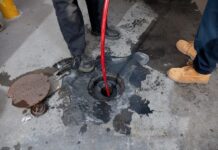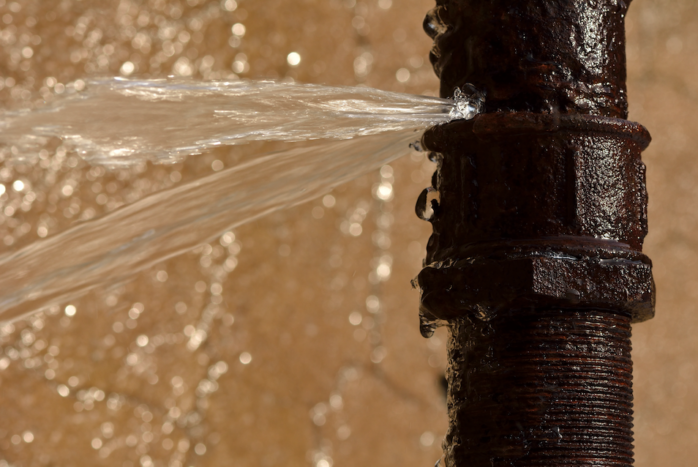
Water leaks from the plumbing pipes are a common issue, even in recently built houses. There is a fairly high chance that this problem almost certainly affects every home at some point. It is critical to find and fix leaks as soon as you can because not all leaks are evident, and some can be harming your home slowly and covertly. It is possible to save money and prevent potential calamity by finding a leak as soon as possible.
7 Ways To Detect Water Pipe Leaks
Water pipe leaks can induce heavy damage to your house if you do not fix them when needed. Here are a few of the effective ways you can rely on to find leaks quickly.
1. Inspect The Water Meter
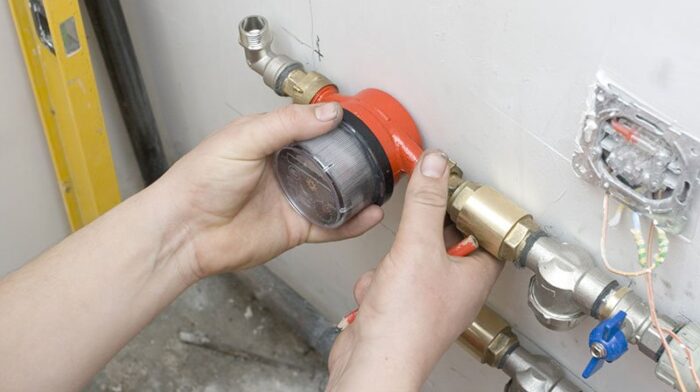
Inspecting the water meter is one of the greatest ways to determine if there is a leak in a particular area of your plumbing. It is essential to first shut off all of the water in your house in order to achieve this. Ensure that the dishwasher and washing machine are not operating, and turn off all of the taps. Then, keep an eye on the meter to see if it starts to shift.
There is a high chance of a quick-moving leak if it alters significantly. Hold off for about two hours before scanning the meter again if there are no changes right away. Even though all of the water is turned off, if something has changed, it indicates a slow leak.
2. Inspect The Floor, Walls, And Roof
Check the flooring near any water-using devices and appliances, such as toilets, dishwashers, and fridges. The existence of moisture and a potential leak is indicated by flooring that is broken, deformed, or has soft patches. In spaces directly below restrooms, look at the walls and ceilings. A leak in those pipes is indicated by taint on the walls or roof, as well as by dribbling wallpaper or paint.
3. Check Faucets
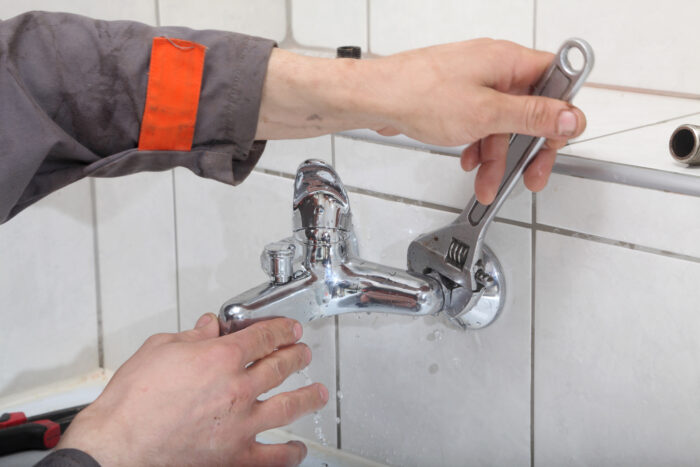
The faucets are a typical place where leaks occur, especially the rubber washer, which is notorious for doing so frequently. Beneath the packing nut, valve stem, and faucet cover, the rubber washer is present. If you have the right equipment and experience, it is possible to replace the rubber washers quickly.
It is essential to shut off the water at the primary cutoff valve or beneath the basin. Next, take off the faucet handles so you can access the gasket. There will be a screw, stem, packing nut, and O-ring inside the spigot handle. Prior to accessing the washer, you must withdraw all of these parts.
4. Examine Pipes In Basements
Examine sensitive pipes under crawl areas and in basements. Moisture or corrosion surrounding the pipes suggests a possible water leak. The leak is most likely there if you notice any mold, rotten wood, or mildew near these tubes. Since water is likely to flow downside, the leaky pipe is frequently not where water stains are found. Even so, it provides a reliable indication of the overall location of the moisture source.
5. Examine The Toilet Handle
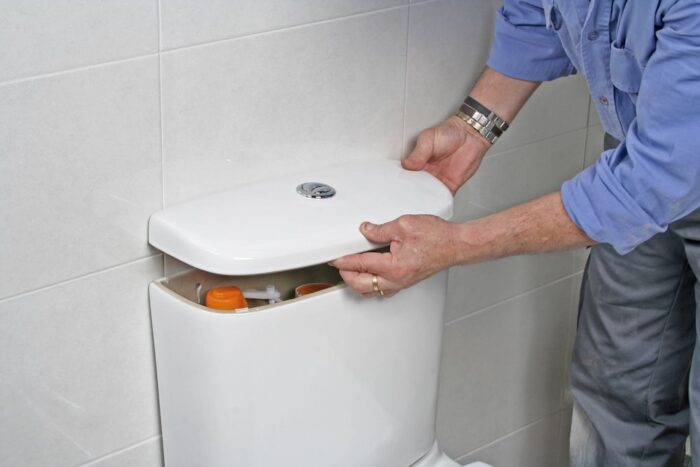
The toilet handle is another area to look for leaks. Remove the tank’s lid and press the flush and check to see if the handle moves easily. Inspect the chain that is attached to the handle as well. If the chain gets tangled beneath the flapper, it is likely to indicate leaks. So, in that case, it is best to reach out to a skilled pipe repair Minneapolis professional.
6. Try Water Dye Technique
The toilet, more particularly the flapper, is a typical source of leaks. The stopper is what keeps water from entering the bowl before you have flushed. Water may drip from the tank into the bowl as a result of the flapper becoming inflexible over time. Drop some food coloring into the toilet tank after peeling off the lid. You should hold off for around 30 minutes before inspecting the water. There is a water leak in the pipe arriving from the toilet if color is seen leaking from the tank into the toilet bowl.
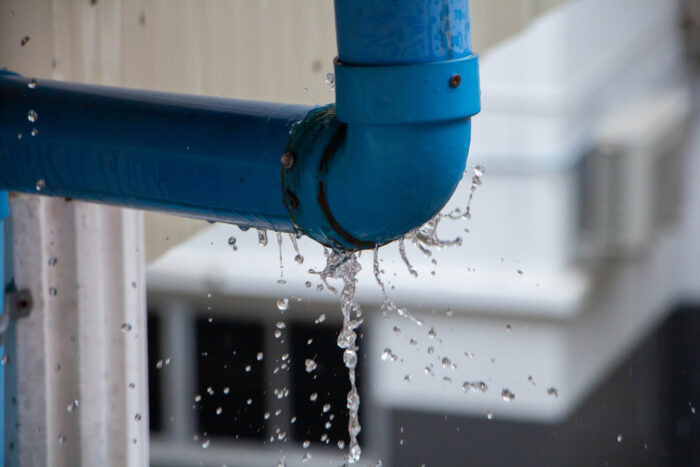
7. Inspect Outside
Not only inside the house but the exterior of the home also causes leaks. Use a garden hose to inspect the taps on the outside faucets. Substitute the rubber hose gasket and make sure all connections are secure if water drips through the connection while the hose is operating.
There may be a leak in the garden if a section of the grass is noticeably greener and thrives more quickly than the remaining area. You may be able to notice tiny puddles on the ground’s surface if the leak is severe. If there is an irrigation system, think about hiring an expert to inspect it once every 12 months. About 6,300 gallons of water might be lost every month, even due to a little leak.
What Are The Typical Signs That Indicate Water Leak
Check out the below signs that typically indicate the presence of leaks.
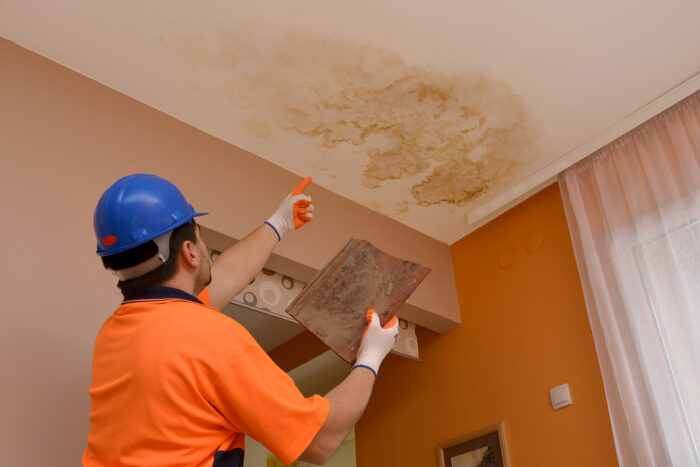
-
Discolored Walls
This can be a sign of water seeping through the drywall’s front side from behind. Most moisture stains on walls and roofs have a yellow or brown shade.
-
Continuous Sound Of Water Dripping
Water leaks often produce a water-dripping sound, which might help you pinpoint where the leak is. However, remember that a few leaks are completely silent, especially if water is flowing along a wall stud.
-
Dribbling Paint Or Protruding Wallpaper
These two indicators point to moist wallboard and weak paint or wallpaper adhesion. In rare instances, you might also spot a bulging in the wallboard, a sign that the damage is more severe and that the wallboard has to be substituted.
-
Musty Odor
A recurring leak eventually creates the ideal moist habitat for mold to flourish. Black splotches on the exterior of the wall may occasionally be visible, but mold frequently thrives inside the wall that is not visible to us, so a musty odor is a warning sign.
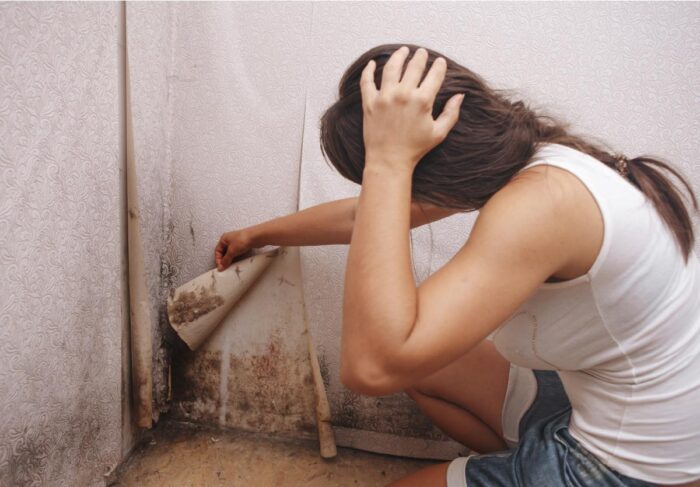
Bottom Line
The above-listed ways are effective in knowing if there are many leaks and their location. In case of detecting any leakage, it is preferable to call an experienced plumber, particularly if you do not have much experience with plumbing. They will quickly rectify the issue and make sure to take steps to stop it from occurring again.

